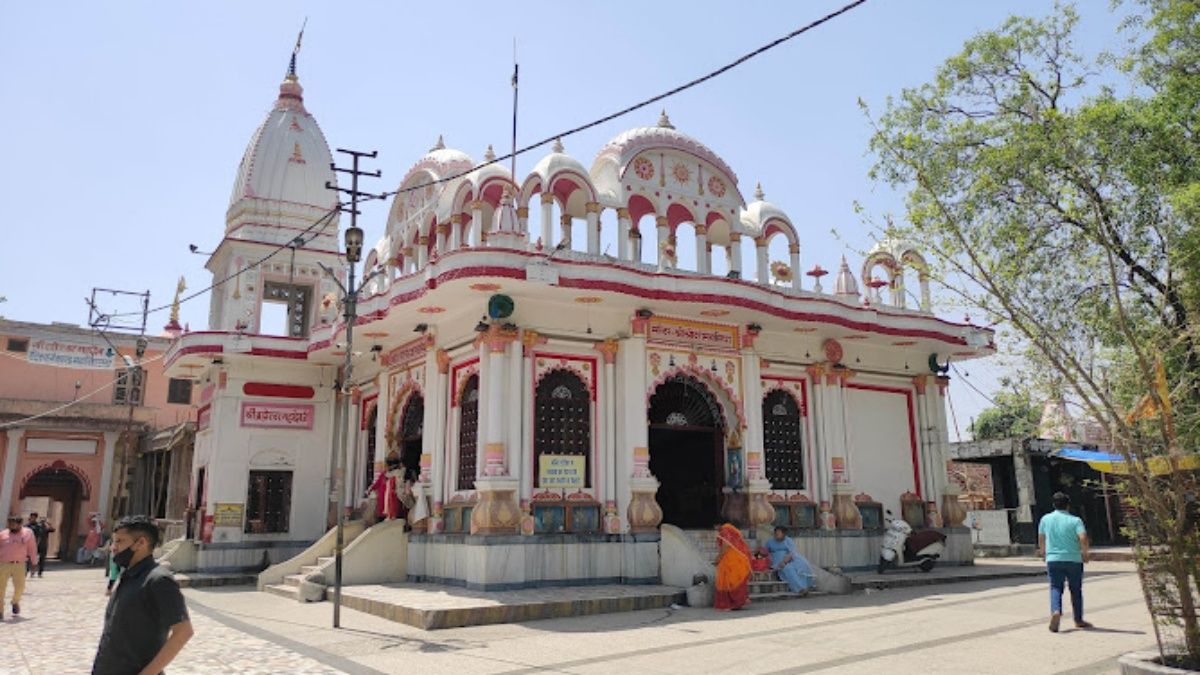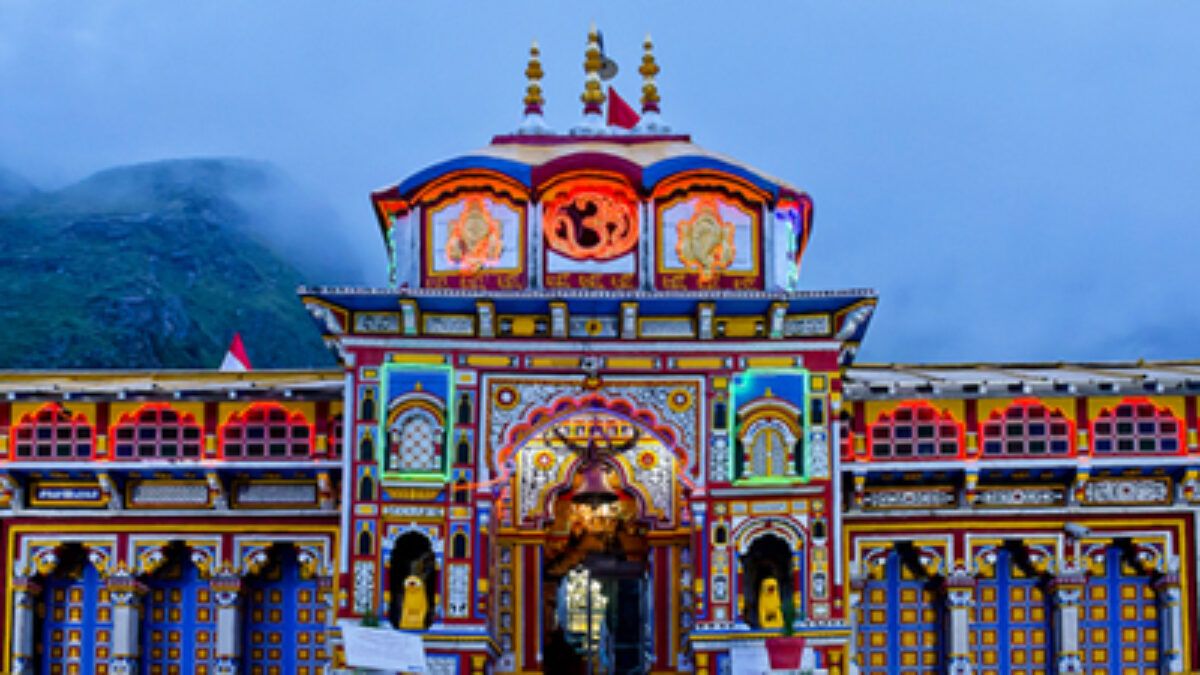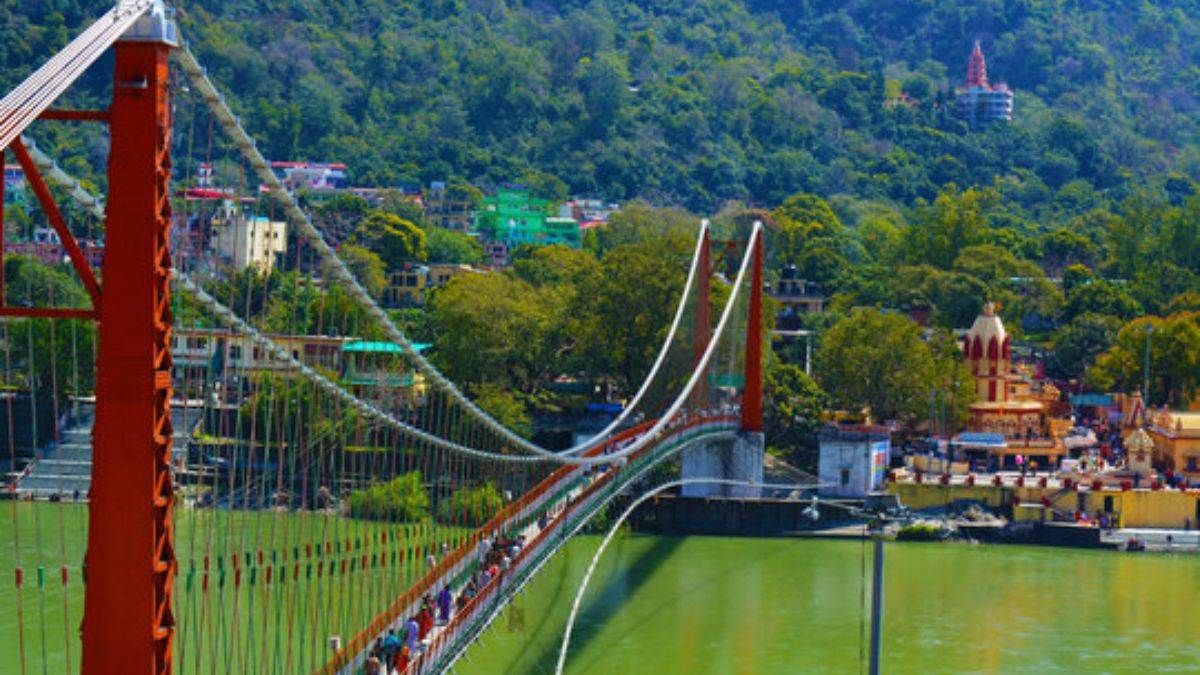Attractions
A Yoga & Ayurveda Center in Budget - Vaidyaratnam Vrindavan Chikitsalya
Vaidyaratnam is one of the oldest Ayurveda institutes in the country with centuries of research and wisdom in the field.
Sidh Baba Ka Mandir
Sidh Baba Ka Mandir, also known as the Sidh Baba Temple, is a popular religious site located in the beautiful town of Chail in the Himachal Pradesh state of India. This temple is dedicated to the local deity, Sidh Baba, and holds cultural and spiritual significance for the local population and visitors.
Shakti Temple - Uttarkashi
Uttarkashi, has a strong association with the worship of Goddess Shakti, the divine feminine energy. Shakti is revered as the primal force that powers the universe, and her various forms are worshipped in temples across the region.
Surya Kund - Yamunotri
Surya Kund is a part of the Yamunotri temple complex and holds great religious and mythological importance. Surya Kund is named after Surya Dev, the Hindu sun god. According to Hindu mythology, the daughter of the Sun god, Surya, is Yamuna.
Daksha Mahadev Temple - Haridwar
Daksha Prajapati, a revered ancient sage and one of the progenitors of mankind, had a daughter named Sati. Sati married Lord Shiva against her father's wishes.
Mansa Devi Temple - Haridwar
Mansa Devi Temple is dedicated to Goddess Mansa Devi, who is considered to be a form of Shakti, the divine feminine energy. The temple is situated on the Bilwa Parvat (Bilwa Hill) on the Shivalik Hills.
Chandi Devi Temple - Haridwar
Situated on the top of the Neel Parvat, Chandi Temple was built in 1929 by Suchat Singh, the King of Kashmir. The temple can be reached after a 3km trek from Chandi Ghat. The main statue of Chandi Devi Temple is said to be established by the Adi Shankaracharya in 8th century. Cable car has also been introduced upto Chandi Devi Temple.
Gangotri Temple
The Gangotri Temple is a revered Hindu Char Dham pilgrimage sites in India and holds significant religious and cultural importance.
Kedar Ganga Sangam - Gangotri
Confluence of Rivers: The Kedar Ganga Sangam is the point of convergence for two prominent rivers. The Bhagirathi River, flowing from the northwest, and the Kedar Ganga River, originating from the Kedarnath region, join together at this sacred juncture.
Divya Shila - Yamunotri
The Divya Shila, also known as the "Divya Shila Stone," is a sacred rock located in the vicinity of the Yamunotri Temple in the Yamunotri region of Uttarakhand, India. The term "Divya Shila" translates to "Divine Stone." This rock holds religious and mythological significance in the Hindu pilgrimage to Yamunotri. Here is a brief history and background of the Divya Shila in Yamunotri:
Sheshnetra - Badrinath
Sheshnetra is named after Sheshnag, the thousand-headed serpent deity upon whom Lord Vishnu is believed to rest during his cosmic slumber in the Milky Ocean. According to Hindu mythology, Sheshnag serves as a divine bed for Lord Vishnu, and it is from Sheshnag that the holy Alaknanda River emerges. Here is an introduction to Sheshnetra in Badrinath:
Charanpaduka - Badrinath
Charanpaduka, which means "footprints of the Lord," is believed to be the spot where Lord Vishnu is said to have left his divine footprints on a rock. According to Hindu mythology, Lord Vishnu, in the form of Lord Badrinarayan, stayed here for meditation and penance.
Mata Murty Temple - Badrinath
Mata Murti Temple is dedicated to Mata Murti, who is believed to be the mother of Lord Badrinarayan (a form of Lord Vishnu). The temple holds religious and mythological significance and is an integral part of the sacred pilgrimage town of Badrinath. Here is an introduction to the Mata Murti Temple in Badrinath:
Vyas Gufa (Cave) - Badrinath
Vyas Gufa is believed to be the place where the sage Vyasa is said to have composed the Mahabharata, one of the most revered and extensive epics in Hinduism. Vyasa is also credited with compiling and categorizing the Vedas, the ancient sacred scriptures of India.
Bharat Mandir - Rishikesh
Bharat Mandir is one of the oldest temples in Rishikesh, with a history dating back over a thousand years. It is believed to have been constructed by Adi Shankaracharya, a revered philosopher and spiritual leader who is credited with revitalizing Hinduism during the 8th century.
Tapt Kund - Badrinath
Tapt Kund is a natural thermal spring located in the holy town of Badrinath in the Chamoli district of Uttarakhand, India. It is a significant pilgrimage site for Hindus and holds religious, cultural, and historical importance. Here is an introduction to Tapt Kund in Badrinath:
Submerged Shivling - Gangotri
This Submerged Shivling is a divine manifestation that holds great religious importance for Hindu devotees and is intricately tied to the mythology and reverence for the Ganges River. Here's an introduction to the Submerged Shivling in Gangotri:
Ram Jhula - Rishikesh
Ram Jhula is named after Lord Rama, one of the most revered gods in Hinduism. The bridge is associated with the belief that Lord Rama's brother, Lord Laxman, crossed the Ganges River here on a jute rope.
Laxman Jhula - Rishikesh
Laxman Jhula is named after Lord Laxman, the younger brother of Lord Rama in Hindu mythology. It is believed that Lord Laxman crossed the Ganges River at this spot on a jute rope, and thus, the bridge is associated with this significant event.
Kamru Fort
Kamru Fort, also known as Kamru Fort, is an ancient historical fort located in the village of Kamru in the Sangla Valley of Kinnaur district, Himachal Pradesh, India. It is one of the prominent attractions in the region and holds cultural and historical significance.
Chail Wildlife Sanctuary
Chail Wildlife Sanctuary is a protected area located in the state of Himachal Pradesh, India. It is nestled in the foothills of the Himalayas and covers a diverse range of landscapes, including forests, grasslands, and hills.
Kalatop Khajjiar Wildlife Sanctuary
The Kalatop Khajjiar Wildlife Sanctuary is a scenic and biodiverse protected area located in the Chamba district of Himachal Pradesh, India. It is known for its lush forests, meadows, and diverse wildlife.
Apple Orchard - Sangla valley
The apple orchards in Sangla Valley, Himachal Pradesh, are one of the major attractions of the region. Sangla Valley is known for its pristine beauty, lush green landscapes, and its bountiful apple orchards.
Chitkul Monastery
The Chitkul Monastery, also known as the Mathi Temple, is an ancient and culturally significant religious site located in the village of Chitkul in the Kinnaur district of Himachal Pradesh, India. The temple is dedicated to the local goddess Mathi, who is highly revered by the people of Chitkul and the surrounding region.
Dalhousie Mall Road
Dalhousie Mall Road is a charming and popular promenade in the hill station of Dalhousie, located in the state of Himachal Pradesh, India. This bustling road is a hub for shopping, dining, and enjoying the scenic beauty of the town.
Panchpula
Panchpula is a popular and picturesque tourist spot located in the hill station of Dalhousie, in the state of Himachal Pradesh, India. The name "Panchpula" translates to "five bridges," and the place is known for its natural beauty, lush landscapes, and the convergence of mountain streams.
Rautu ki Beli Known as Paneer Village
Rautu Ki Beli village is located in Dhanaulti tehsil of Tehri Garhwal district in Uttarakhand, India. It is situated 22km away from sub-district headquarter Dhanaulti (tehsildar office) and 62km away from district headquarter New Tehri. As per 2009 stats,
Beyt Dwarka Wildlife Sanctuary
Beyt Dwarka Wildlife Sanctuary, also known as Beyt Dwarka Island, is a protected area located off the coast of the Indian state of Gujarat. This sanctuary encompasses the marine and terrestrial ecosystems of the Beyt Dwarka Island and the surrounding waters.
Gurkha Fort
The Gurkha Fort in Kasauli is a historical and cultural attraction located in the town of Kasauli, Himachal Pradesh, India. It is an old fort that holds historical significance and is associated with the Gurkha War of 1814-1816.

















